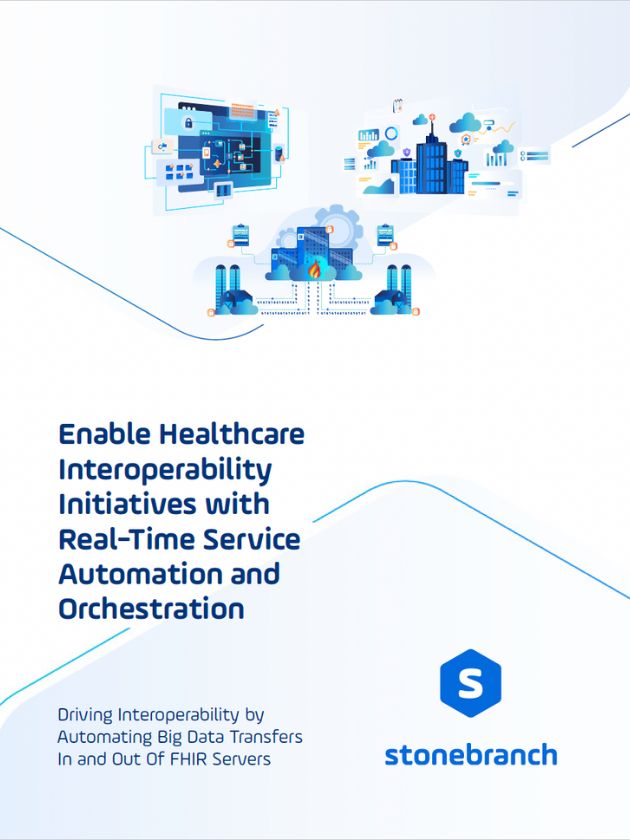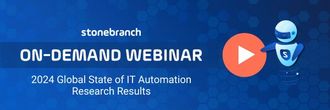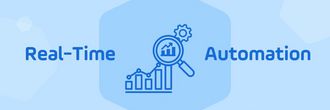Healthcare IT Leaders' Handbook
Lack of data access and interoperability has plagued the U.S. healthcare system for years, with high costs, care delays, and often poor outcomes as a result. Disjoint stand-alone systems that comprise our complex healthcare technologies today – all generating large data sets that are difficult to manage and integrate - have failed to work together to advance effective care delivery and information sharing.
Today, more and more enterprises are turning to automation to orchestrate their real-time data demands - collection, ingestion, analysis, and sharing - to deliver positive, long-term health outcomes in accordance with value-based care. Service automation and orchestration platforms (SOAPs) help healthcare IT to bridge the gap between their on-prem legacy systems and the various cloud solutions.
By connecting siloed applications and platforms, SOAPs create an uninterrupted continuous flow for data updates or refreshes across multiple on-prem or cloud storage locations and the Fast Healthcare Interoperability Resources (FHIR) server(s).
As healthcare organizations focus on interoperability in support of the 21st Century CURES Act, they are building toward exchanging data through FHIR in real-time.
Read this whitepaper to learn about the critical elements of enabling healthcare interoperability initiatives across multiple applications and platforms in a robust, secure, and fault-tolerant approach and gain insights on:
-
How healthcare IT departments can contribute to healthcare payer and provider organizations meeting the core interoperability requirements of the ONC's 21st Century Cures Act.
-
What FHIR standard is and the demands it places on the IT infrastructure
-
How to enable big data pipelines that span across multiple legacy applications and platforms to continuously move data in and out of the FHIR servers
-
How to significantly reduce complexity, drive down costs, increase portability, ensure scalability, and overall security by leveraging modern real-time service automation and orchestration
-
A success story from one of the large US payer organizations who was able to modernize their IT infrastructure through service automation and orchestration while also making significant strides towards interoperability.





